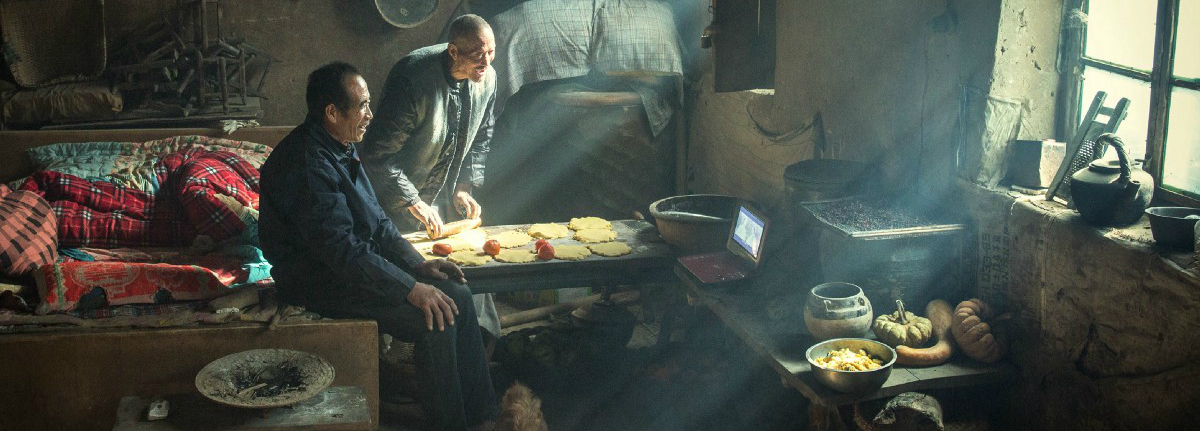An international study of news photographers – authored by University of Stirling academics – has revealed a sharp decline in the number working full-time.
The World Press Photo Foundation’s report, The State of News Photography 2018 – authored by Stirling’s Professor Adrian Hadland and Camilla Barnett – revealed a significant drop in the number of photographers working full-time, from 74 per cent of respondents in 2015, to 59 per cent in 2018.
Professor Hadland, of the Faculty of Arts and Humanities, said: “The digital age and current media economy are having a significant impact on the working patterns and financial circumstances of photographers and photojournalists.”
Over a four-year period, around 5,200 photographers – from more than 100 countries – took part in the surveys that formed the basis of the study.

Cover of the report features 'Earth Kiln' by Li Huaifeng
Professor Hadland and colleagues uncovered an increase in the proportion of photographers working as “stringers”, or freelancers – rising from 24 per cent in 2016 to 28 per cent in 2018, with 38 per cent admitting their financial circumstances are “difficult” or “very difficult”.
Professor Hadland added: “In an age where everybody has a camera in their smartphones, in which copyright is often not respected – and in which traditional media organisations have been struggling to survive – it seems photographers are finding it increasingly difficult to make a living.
“Photographers are having to be more flexible, engaging in different kinds of work, from teaching and exhibitions to portraiture and crowdfunding."
Focus
Respondents reported increasingly being required to shoot video, even though 90 per cent preferred still photography. Almost two-thirds also indicated their work had been used without permission.
Professor Hadland added: “The study has had a special focus on gender and ethnicity over the last two years and the results show the photography business has significant distortions in both areas.
“Over 80 per cent are men and about two-thirds are aged between 30 and 49 years old. In this year’s cohort, 51 per cent of our respondents classified themselves as ‘Caucasian/White’ and the next-largest groups were ‘Asian’ at 19 per cent and ‘Latin American’ at 10 per cent. Only 1 per cent of participating photographers identified themselves as ‘Black’.”
Professor Hadland emphasised that, while the study highlighted a range of problems experienced by international photographers, there will always be a demand for quality visual storytelling. He added: “Despite all the challenges and difficulties, the research shows that photographers continue to enjoy their work, with more than 60 per cent either happy or very happy – and feeling valued and creative.”

